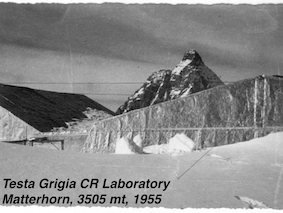Speakers
Dr
Sergey Aleksandrin
(National Research Nuclear University MEPhI)Dr
Sergey Koldashov
(National Research Nuclear University MEPhI (Moscow Engineering Physics Institute))Mr
Temir Zharaspayev
(National Research Nuclear University MEPhI (Moscow Engineering Physics Institute))
Description
Measurements of the ARINA instrument on board the Resurs-DK1 satellite (altitude ~600 km and inclination ~70 degrees, since 2006 till 2016) and the VSPLESK instrument on board the International Space Station (altitude ~400 km and inclination ~52 degrees, since 2008 till 2013) in low Earth orbits were presented in this report. Both instruments are identical in terms of physical layout. They can measure high-energy protons in the range 30-100 MeV with 10% energy resolution and angular accuracy ~7 degrees. Data analysis was carried out for the total period of proton flux measurement by the instruments. L-B proton distributions in the inner radiation belt (L<2) were studied in dependence on proton energy. Geographical and pitch-angle distribution of proton intensity were studied for chosen L-shells. These distributions were analyzed during the decreasing part of the 23rd solar cycle and main part of the 24th one.
Author
Dr
Sergey Aleksandrin
(National Research Nuclear University MEPhI)
Co-authors
Prof.
Arkadiy Galper
(National Research Nuclear University MEPhI (Moscow Engineering Physics Institute))
Mrs
Marina Mayorova
(National Research Nuclear University MEPhI (Moscow Engineering Physics Institute))
Dr
Sergey Koldashov
(National Research Nuclear University MEPhI (Moscow Engineering Physics Institute))
Mr
Temir Zharaspayev
(National Research Nuclear University MEPhI (Moscow Engineering Physics Institute))

